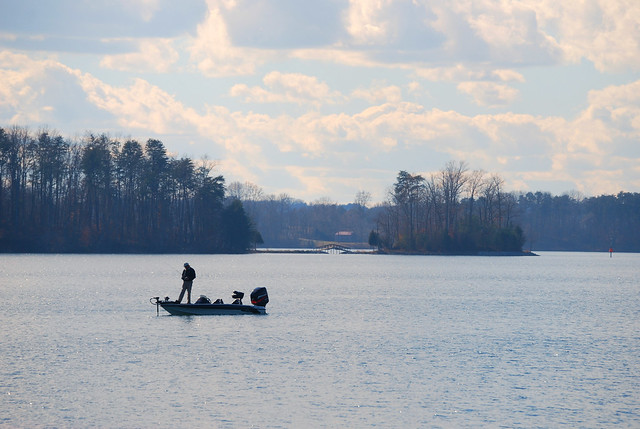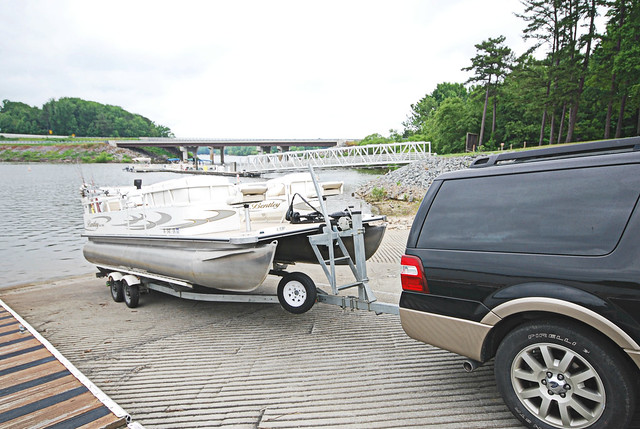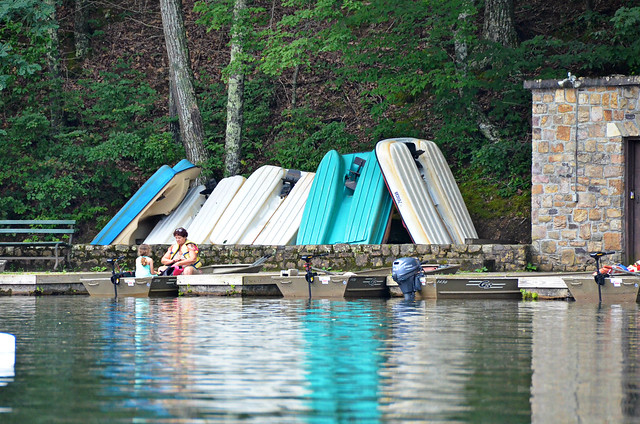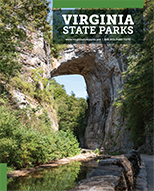Read Our Blogs
Best Boating Access in Virginia
We are blessed with an abundance of wonderful waterways to enjoy in Virginia. Boaters who want access are paddlers, pontooners, ski and tubers, eco-tourists, photographers, bird watchers, hunters and anglers, wildlife enthusiasts, conservationists, and preservationists. Everyone enjoys to get out on the water, so this equates to all citizen in our Commonwealth, and many visitors who are from out of state.
With so many of Virginia's shorelines privately owned, it is sometimes difficult to find public access for boating.
This is where Virginia State Parks steps into the picture, since we love water related activities, including boating.
BOATING
Boating is a fun water activity at Virginia State Parks
Fishing is accessible year-round at most of our parks (winter at Smith Mountain Lake State Park)
Virginia State Parks is part of the Department of Conservation and Recreation (DCR), this means we provide access to Virginia's lakes, rivers, bays and ocean for recreationists and conservationists alike. We feel that one of the best ways to enjoy the great outdoors includes some time spent in and around water.
We provide the best access for boating year-round across the state since we are not just concentrated in one area.
WHERE TO LAUNCH
The boat launch at Fairy Stone State Park is accessed from the road coming into the park (there is a fee to launch even though you aren't going through the park gate)
Boat launch near marina at Occoneechee State Park on the Kerr Reservoir/Buggs Island Lake
Twenty-four Virginia State Parks offer boating access, several have full-service marinas, 23 have ramps (car-top, slide, standard concrete), and 18 parks rent boats. Parks access Virginia's most popular waterways, including Buggs Island Lake, Claytor Lake, the Chesapeake Bay, the James River, Lake Anna, the Potomac River, the Rappahannock River, Smith Mountain Lake and the York River. Thirty parks offer fishing from the shore; six offer pier fishing.
Each park that offers a boat launch also has specific guidelines, like the 168-acre Fairy Stone lake above. Electric motors are allowed on the lake; gas-powered boats are prohibited here. Boats with gasoline engines can be used at the Philpott Reservoir, 20 minutes from the park. Rowboats, paddleboats, stand-up paddleboards, kayaks and canoes may be rented during the summer season.
Boat launching fee required for day-use public; overnight guests launch for free.
Each park is also specific regarding mooring, like Claytor Lake State Park there are no overnight mooring areas except in the cabin area for cabin guests only.
Click here to search for parks with boating access.
RENT A BOAT
Boat rentals vary across the state from row boats, kayaks and paddle boats to pontoons and ski boats on larger bodies of water
Rent a sailboat or take a sailing lesson at Leesylvania State Park
Most Virginia State Parks offer boat rentals for canoes, kayaks, paddleboats, stand up paddle boards, Jon boats, various motorized boats, tubes or some mix of them all. A few parks feature third party concessionaire who offer additional boat activities like sailboats at Leesylvania State Park:
Guests may rent canoes, tandem kayaks and stand-up paddle boards at the Breakwater Marina Store Memorial Day weekend through Labor Day. The park also offers sailboat rentals and sailing lessons through a private concessionaire, the Woodbridge Sailing School.
To see a list of all parks featuring fun boat rentals click here.
SAFETY
Safety first when it comes to boating at Virginia State Parks
All state boating and safety regulations must be followed when using our facilities at a Virginia State Park
State law requires a U.S. Coast Guard-approved personal flotation device for each person on board. You are required to know the safety rules and regulations, not just from the park, but as dictated by state law.
- Virginia Boating Safety Education Requirement
- Find a Boating Safety Class
- Boating Safety Replacement Cards
- Required Equipment for Your Boat
- Personal Watercraft (PWCs)
- Lowhead Dams and Safety
To learn more about boating safety guidelines click here.
BLUEWAYS
Staunton River State Park paddlers on the Southern Virginia Wild Blueway
In Virginia, water access involves both motorized and non-motorized watercraft, fishing piers, bank fishing, beaches and natural water bodies suitable for swimming, natural area access, places to view the water, as well as water trails and blueways.
Virginia outdoor recreation professionals use the term "water trails" and "blueways" synonymously. These resources follow linear river and stream corridors and often link all these types of water access together. Example:
Southern Virginia Wild Blueway
This is a freshwater trail that is perfect to paddle by kayak or canoe over one hundred miles of navigable river, leading to 1,200 miles of beautiful lake shoreline. Click here to search amenities, camping, cabins, dining and more along this water trail.
To see a listing of all of Virginia's blueways click here.
PROGRAMS
The Friends of Smith Mountain Lake State Park use this pontoon boat for park nature programs
Park programs like group paddles can be fun and educational
There is one more way to get out on a Virginia waterway, and that is to participate in a park program. Smith Mountain Lake State Park Friend's Group (pontoon pictured above) held fundraising events to purchase a pontoon boat for park programs out on the water.
Project learning Tree and the Dept. of Forestry offers this summer program for teachers, a ranger guided paddle along Taskinas Creek at York River State Park
Example: Mother's Day Boat Tour on May 15, 2017. After donning your life vest, and a short safety briefing climb aboard to see the flora and fauna around the lake as narrated by a park ranger.
Search our events database here for programs at our parks, or call the specific park to inquire.
PUBLIC BOATING ACCESS
Boats in the fall at Smith Mountain Lake, we share the water at this park
Virginia Department of Game and Inland Fisheries (VDGIF) The DGIF Boating Access Program traverses the Commonwealth providing access to all river systems, the Chesapeake Bay and the Atlantic Ocean. The program's success is due to its many partners. DGIF owns, operates or cooperates on 219 facilities.
The boating access program has sites located in 84 jurisdictions and on 106 water bodies. These facilities provide 419 launch lanes, 105 courtesy piers, 11 boat slides, 148 river access sites, 62 lake access sites, seven Chesapeake Bay access sites and two Atlantic Ocean access sites. The program has 31 saltwater sites and 188 freshwaters sites. For boating access sites and information, see the DGIF website here.
Click here for a map of all Virginia State Parks to plan your next boating adventure.
If you have read the article and have a question, please email nancy.heltman@dcr.virginia.gov.


























